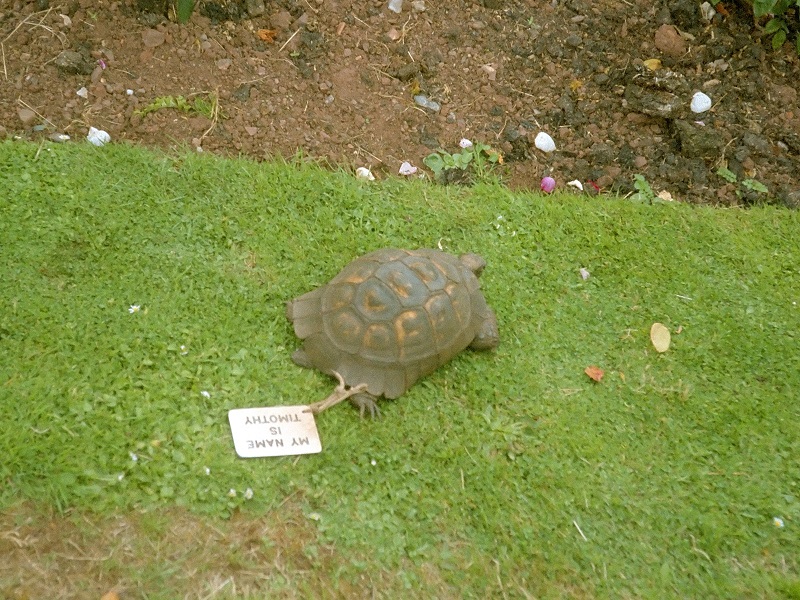

'And secondly, almost all known mammals are diphyodonts.' 'Firstly, all reptiles are polyphyodonts, we know that because there isn't a single example in a fish, amphibian or reptile lineage that is not originally a polyphyodont animal.' 'The crucial, the most important question was what kind of dental replacement pattern occurred in this animal, because we know for sure two things,' explains Martha. While its body and skull looked fairly mammal-like, an initial look at its teeth eventually meant that it was classed as one of the extinct 'mammal-like reptiles'.īut by looking again as these fossils, and the chance to cross section some of the jaw bones, has led to scientists re-examining this assessment.

Reaching about 20 centimetres long, this shrew-sized animal had been something of an enigma. Initially discovered in the 1980s and known from a large number of near-complete specimens, it would not be until 2003 that scientists realised Brasilodon was its own species. They were likely preyed upon by large predatory crocodile-like animals called thecodonds.īut scurrying around the feet of these relative giants was a much smaller animal.

These animals were not true mammals though, in that they likely had some sort of a beak in lieu of teeth and walked with a sprawling, lizard-like gait. In what would eventually become southern South America, large herbivorous synapsids known as dicynodonts became dominant. While during the Permian the group of animals from which mammals branched out, known as the synapsids, were dominant, the wake of the Great Dying resulted in a shift in balance.Īfter around 10 million years in which the planet took to recover, the emerging terrestrial fauna of the Triassic Period was initially not so different from what came before. Known as the Great Dying, it wiped out some 90% of all life on Earth, killing off a huge range of different groups of marine species, insects, arthropods and vertebrates. While the causes of the extinction are not fully understood, the result of it was catastrophic. The worst ever extinction event took place some 252 million years ago, marking the end of the Permian Period. The new discovery is helping researchers build up a picture of the landscape and in which the first mammals and dinosaurs appeared in the aftermath of the extinction event at the start of the Triassic. 'Dated at 225.42 million years old, Brasilodon is therefore the oldest known animal with a mammalian-like dentition in the fossil record contributing to our understanding of the ecological landscape of this geological period and the earliest stages of evolution of modern mammals.' This period in the history of life on Earth was defined by two massive extinction events, one that occurred right at the start of the Triassic and which killed off large swathes of life on Earth and a second at the end, which may have laid the ground for the eventual rise of the dinosaurs.ĭr Martha Richter, is a scientific associate at the Museum and senior author on the paper, says, 'Comparative studies with recent mammal dentitions and unique tooth replacement modes, together with the findings of genetic, developmental and physiological studies of reptiles and mammals suggest that Brasilodon could have been a placental, relatively short-lived animal, but there is no direct prove of that yet.' It also shows that the tiny animal appeared right around the same moment that the earliest dinosaurs were also coming into existence. This makes it potentially the oldest-known mammal discovered to date. The fossils belong to a small, shrew-like animal called Brasilodon quadrangularis, and reveal that early animals with a mammal-like appearance were scampering around what is now Brazil some 225 million years ago. A curious creature from Brazil is giving us a better understanding of the origin of modern mammals.


 0 kommentar(er)
0 kommentar(er)
